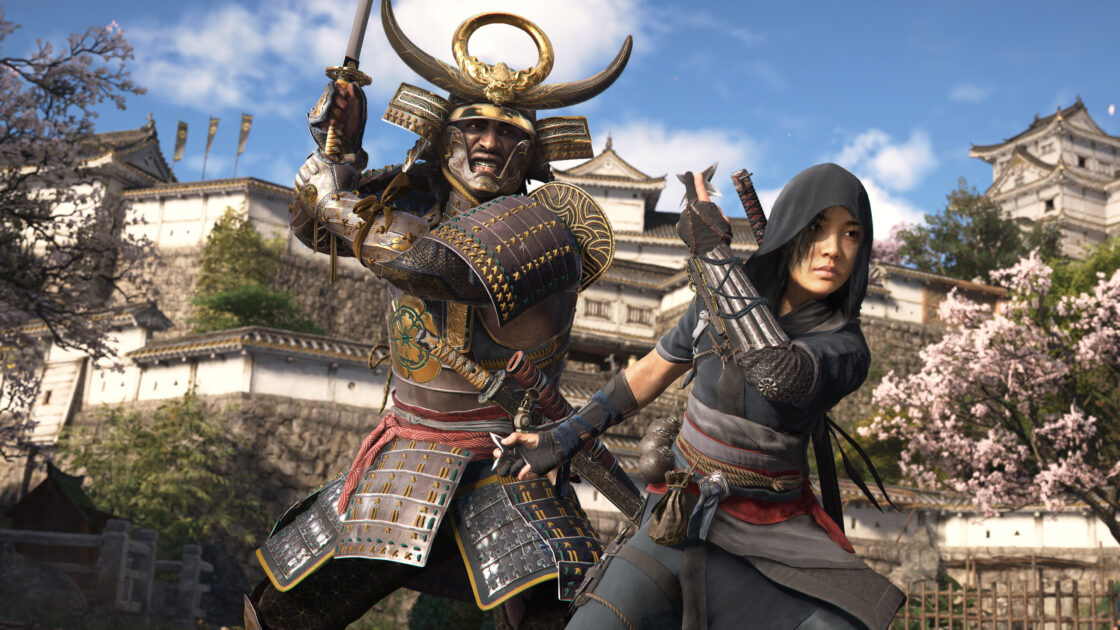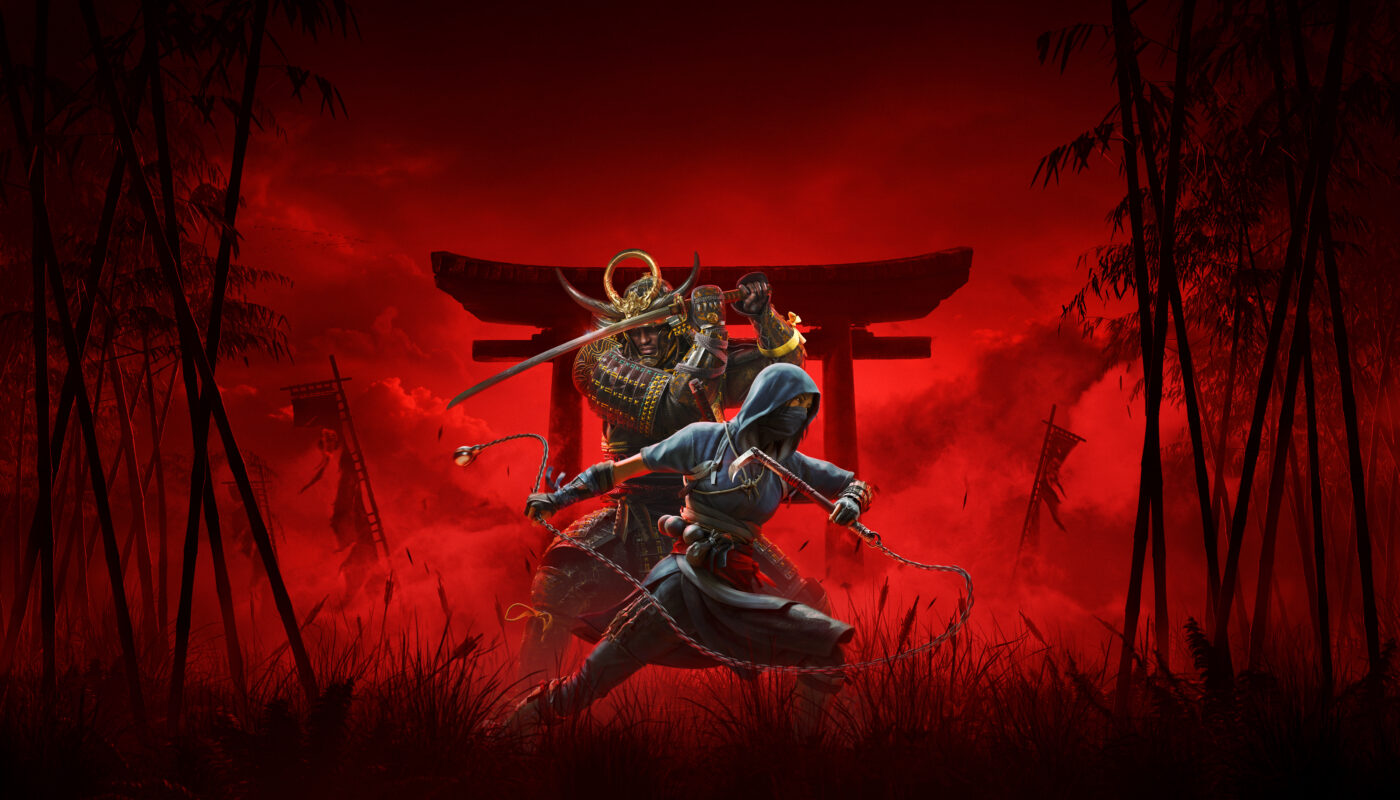Shadows is the fourteenth major installment in the Assassin’s Creed franchise. Media by Ubisoft Entertainment SA.
The latest entry in the long-running Assassin’s Creed series presents a conundrum that many media franchises have trouble shaking, that being the question of how far audiences are willing to tolerate familiarity before their inevitable burnout.
For publisher Ubisoft, the numbers tell a different story: Shadows is the series’ second-highest selling game with about 2 million concurrent players at launch, trailing only behind its predecessor, Assassin’s Creed Valhalla. Though Ubisoft has yet to reveal specific sales figures, the high player engagement at least indicates the developer’s tried-and-tested formula has yet to dissuade audiences from playing the latest Assassin’s Creed installment.
Assassin’s Creed is, if anything, a franchise that iterates rather than innovates; each subsequent game in the series builds upon the foundations of its predecessor, but does little to shake it up.

2017’s Assassin’s Creed Origins presents perhaps the largest deviation from the formula since the franchise’s inception in 2007. With Origins, Ubisoft has largely shied away from the traversal-focused gameplay of its predecessors in favor of embracing a gameplay loop centered around role-playing mechanics, such as experience points and collecting loot.
Of course, this shakeup largely meant that subsequent games in the franchise would simply use Origins as their foundations, and Shadows is no different in that regard. Like Origins, Shadows’s core gameplay loop largely revolves around building character progression via combat and exploration.
What generally sets Assassin’s Creed games apart from each other are their settings.
Shadows is set in 16th-century Japan, during the tumultuous Sengoku period where much of the country was ravaged by wars between opposing clans as imperial authority and institutions have largely collapsed.
The dynamism of the Sengoku period lends itself well to stories about heroics and larger-than-life personalities, such as the infamous Oda Nobunaga, a 16th-century Japanese feudal lord who laid the foundation for the country’s eventual unification under one clan.
Nobunaga himself makes a brief appearance in Shadows. Despite the brevity of his presence in-game, Nobunaga’s actions largely set the plot forward.
Yasuke, one of two main playable characters in Shadows, is introduced as the African servant of a Portuguese priest who travels to Nobunaga’s domain. Yasuke is later lent to Nobunaga as a retainer, allowing him to be trained in the ways of the samurai.
In a departure from series tradition, Yasuke is the first playable protagonist in the franchise to be directly based off of an actual historical person. The real-life, Yasuke was a retainer of Oda Nobunaga, much like his in-game counterpart, thus making him one of the first foreigners to become a samurai in his own right.

The game’s second playable character, Naoe, is a female Assassin from Iga province and a completely original character written for the game.
While Shadows is not the first Assassin’s Creed game to feature dual protagonists, it is the first game in the franchise to give both characters distinct playstyles.
Yasuke’s samurai training makes him well-suited towards open combat, though his imposing size and weight make him unsuitable for parkour or stealth. He is unable to scale certain walls, for example, and his weight can break rope bridges that players would otherwise be able to traverse.
Naoe, meanwhile, is nimble yet weak, making her unsuitable for extended combat. Her agility and smaller stature, however, means she excels at stealth and traversing buildings.
Combat itself is an evolution of the hitbox-style system introduced in Origins, with a heavier emphasis on parrying. Naoe cannot block attacks but she can parry attacks if players time the inputs correctly, though her combat playstyle largely emphasizes dodging and hit-and-run attacks.
Yasuke can both block and parry attacks, though his dodges function more as sidesteps compared to Naoe’s rolls and flips. He also outputs significantly more damage than Naoe, crushing through enemy armor with ease.
Stealth receives the biggest upgrade in Shadows with the introduction of the prone feature, allowing both playable characters to lay down and crawl to reduce their visibility. This comes in particularly handy on the harder Expert difficulty mode whereby enemies are able to spot players traversing on rooftops; proning thus becomes a necessity.
Furthermore, the game introduces a new shadows mechanic whereby players can hide themselves in the dark and extinguish light sources to provide new hiding places.
These features are all iterative rather than innovative, a refinement of mechanics that were largely introduced in Origins. This is not necessarily a bad thing, however. Iteration allows developers to focus on a game’s strengths and amplify them in the next entry, but it does come at the expense of making things feel too similar to previous entries.
Familiarity is also, perhaps, something Ubisoft was banking on. Reuters reports that Ubisoft is largely depending on Shadows to pull them out of the dire financial straits they’ve faced since the 2024 fiscal year.
When a product’s launch becomes a life-or-death situation for a company, iterating on what works is a matter of survival, even at the expense of originality.


